
What Is a Class 3 Ebike? Here’s How It Differs from Class 1 and 2
What is a Class 3 eBike?
A Class 3 eBike is a high-speed electric bicycle that provides pedal assist up to 28 mph but does not include a throttle. It's ideal for commuters who ride on roads or bike lanes and want extra speed to keep up with traffic. Unlike Class 1 and 2 eBikes, Class 3 models are often restricted from multi-use paths and may require helmets or age limits in some states.
Introduction
Electric bikes come in different classes that meet various rider needs. Class 1 eBikes only provide pedal assist up to 20 mph. Class 2 models include both pedal assist and a throttle for speeds up to 20 mph. Class 3 eBikes, however, use pedal assist only but can reach 28 mph.
This article outlines the differences between these classes and why they matter for all kinds of riders. Understanding these differences requires looking at speed limits, control systems, and legal riding areas. Real-world uses include urban commuting where higher speeds help, bike paths where a traditional feel works best, and recreational riding where ease of use matters most.
Experts stress the importance of choosing the right eBike class for your needs. Riders who want to replace car trips might prefer Class 3 eBikes for their speed. Recent industry data reveals that over 60% of eBike buyers choosing Class 3 models cited daily commuting and car-replacement as primary reasons, showing a strong alignment between high-speed utility and urban travel needs. Casual riders often like Class 1 eBikes for relaxed rides on bike paths. Those who need flexibility often choose Class 2 models for their throttle option.
The following sections will compare specs, rules, and user experiences to help you pick the best eBike for your needs.
Overview of Class 1, 2, and 3 eBikes
Class 1 eBikes
Class 1 eBikes only work when you pedal and stop helping when you reach 20 mph. These bikes give a traditional cycling feel with an extra boost that many fitness fans and casual riders enjoy. Studies show Class 1 eBikes are very popular with recreational riders because they're simple to use and face fewer rules on trails and bike paths.
Class 2 eBikes
Class 2 eBikes have both pedal assist and a throttle, so riders can use the motor without pedaling. This flexibility helps in city riding where starting from a stop or moving through heavy traffic might need more power. Here's a quick comparison:
| Feature | Class 1 | Class 2 |
| Pedal Assist | Yes | Yes |
| Throttle | No | Yes |
| Top Speed | 20 mph | 20 mph |
Rules for Class 2 eBikes are often the same as Class 1, but some places have extra limits on throttle use. Always check local laws before buying.
Class 3 eBikes
Class 3 eBikes are built for better performance and use pedal assist to reach speeds up to 28 mph. These bikes work best for commuting in cities where the extra speed really helps. Rules for Class 3 eBikes tend to be stricter than other classes.
Most Class 3 eBikes feature motors ranging from 500 to 750 watts, with some models equipped with 250W systems optimized for efficiency. The legal speed limit of 28 mph only applies under pedal assist—there’s no throttle. This power-speed combination makes Class 3 e bikes ideal for riders who want to match city traffic flow without sacrificing efficiency or range.
Many areas set age limits and only allow these bikes on roads or bike lanes, not multi-use trails. According to the National Highway Traffic Safety Administration (NHTSA), Class 3 eBikes are typically limited to on-road use because their 28 mph assist speed exceeds the safety threshold for shared-use paths. The agency also emphasizes helmet use and minimum age requirements due to elevated risk at higher speeds.
In fact, Class 3 eBikes are often restricted from shared-use paths, nature trails, or pedestrian-heavy areas due to their higher speeds. Some states like California allow Class 3 models on paved bike lanes adjacent to roads but ban them from off-street paths unless local ordinances say otherwise. Before riding, it's crucial to verify whether your city or park system permits Class 3 use on specific routes.
Data shows the higher speed improves commute times, but riders need to know about local rules. For more info on performance and safety, check the Consumer Reports eBike Buying Guide and Bicycling Magazine's Electric Bike Guide.
Looking for a powerful ride that’s street-legal? Check out our Trailblazer Class 3 ebike that meets all the requirements.
Class 1 vs Class 2 vs Class 3: The Key Differences
Speed and Performance
Class 3 eBikes can reach 28 mph with assist, while Class 1 and 2 models top out at 20 mph. This higher speed of Class 3 models cuts down commute time and helps riders keep up with traffic in cities. People who want a more traditional bike experience might prefer Class 1 eBikes instead.
Tests show that city commuters save significant time on Class 3 models. In fact, a 2023 study by PeopleForBikes found that commuters using Class 3 eBikes in mid-sized U.S. cities saved an average of 23% in travel time compared to traditional bikes—especially on routes with protected lanes and limited stoplights. The extra power doesn't hurt battery life, making Class 3 a good choice for longer trips. Consumer Reports’ lab tests show that many Class 3 eBikes maintain 80–90% of their expected range even at top pedal-assist speeds, thanks to efficient controller programming and optimized gearing systems. For detailed performance facts, experts suggest checking resources like the Consumer Reports eBike Buying Guide.
Off-Road Capability & Control
For adventurous riders looking to take their eBikes beyond paved streets, off-road capabilities are essential. While Class 3 eBikes are mainly street-legal, many Class 3 EMTBs (electric mountain bikes) offer rugged tires, suspension systems, and advanced control features. Consider comparing mid drive vs hub drive off-road if hill climbing and trail traction matter to you.
Throttle Functionality
The throttle is what makes Class 2 different from Class 1 and Class 3 eBikes. With a throttle, Class 2 models can move without pedaling, which helps in stop-and-go city traffic. This can use more battery power though, and some places have extra rules about throttles.
Both Class 1 and Class 3 models need pedaling to start the motor, keeping the rider active. This affects how you control the bike, how much energy it uses, and how efficient it is in different settings.
Throttle Class 3 eBikes for Commuting Convenience
Class 3 eBikes with throttle provide the ultimate convenience for stop-and-go city traffic. Many riders seek the best Class 3 eBike with throttle for their urban commute. These eBikes combine pedal assist and throttle mode to reduce fatigue during long rides or uphill stretches.
Regulatory and Safety Considerations
Local laws play a big role in which eBike class you can legally ride. Rules about helmets, age limits, and where you can ride vary by class. Many areas require Class 3 eBike riders to be at least 16 or 17 years old and wear helmets because of the higher speeds.
Class 1 and Class 2 eBikes usually have fewer rules about age and trail access. These legal issues directly affect your riding experience. A Class 3 eBike rider must pay more attention to where and how they ride. Safety studies show that higher speeds, combined with limited access to bike paths, can restrict where you can ride.
Find more details about rules in resources like Bicycling Magazine's Electric Bike Guide.
Real-World Experience with Classes eBikes
Case Study Analysis
Real-world examples show clear benefits to switching between eBike classes. One city commuter changed from a Class 1 to a Class 3 eBike and cut travel time by nearly 30%, thanks to the higher speed. Another rider with limited stamina found the throttle on a Class 2 eBike very helpful on hills, though it used a bit more battery power.
These firsthand stories show that picking an eBike class isn't just about following rules but about finding what works best for you. More analysis reveals that using a Class 3 eBike in areas with good bike lanes leads to less crowded travel compared to regular bikes. Riders in heavy traffic feel safer on Class 3 eBikes because the higher speed gives a smoother ride in busy city settings.

Many users mention that while the throttle on Class 2 eBikes is convenient, it may reduce the exercise that some fitness-minded cyclists want. All these insights, plus lots of user feedback, highlight why matching your eBike to your riding needs is so important.
Expert Opinions & Practical Tips
Industry experts agree that choosing between Class 1, 2, and 3 eBikes depends on three main things: how fast you need to go, what kind of terrain you ride on, and local laws. Experts point out that battery life matters a lot since Class 3 eBikes, while fast, may use more energy if not managed well. Maintenance also varies, with more advanced eBikes often needing special service, which might cost more long-term.
Practical advice includes testing different assist levels on a Class 3 eBike to save battery power and changing your riding style based on whether you're in the city or riding for fun. If your area's rules change often, join local cycling groups to stay informed. Regular maintenance of battery and motor parts can greatly improve performance and durability over time.
The combined wisdom from experts and users creates a detailed guide to help buyers make smart choices based on their riding habits and local rules. Riders interested in adjusting Class 3 performance settings—like assist sensitivity or motor response—should explore built-in tuning options in the controller system.
Brands like Bosch caution against third-party “unlocking kits” and instead offer pre-programmed modes that let riders balance power and range within legal boundaries, especially in regions with strict eBike enforcement. Some manufacturers offer adjustable speed modes within legal limits, but altering top speed beyond 28 mph can void warranties or violate traffic regulations. Always consult the user manual before making any changes.
When choosing between Class 2 vs Class 3 eBikes, think about where you plan to ride. If you value throttle functionality and simplicity, Class 2 eBikes might suit better. But for speed and road-legal power, Class 3 is a smarter long-term investment—especially for frequent commuters. Unlike Class 2 models that include throttles for occasional motor-only movement, Class 3 eBikes require active pedaling, making them more appealing to riders seeking both exercise and efficiency. Their ability to maintain higher speeds legally on the road makes them better suited for structured daily routes and time-sensitive travel.
How to Choose Between Class 1, 2, and 3 eBikes
Assessing Your Riding Style
Ask yourself important questions about how far you ride, what kind of terrain you cover, and how often you use your bike. Riders in cities with heavy traffic and longer distances might benefit from a Class 3 eBike's speed. For long-distance commuters or those replacing car trips, a Class 3 e bike offers a balance of speed, motor power, and endurance. Many models come with extended-range batteries and integrated displays that support daily use across urban environments. If you frequently travel 10+ miles each way, this class can significantly reduce trip time and effort. Those who prefer casual rides on bike paths might find Class 1 eBikes better match their needs.
When deciding, honestly think about how often you'll ride, how hilly your routes are, and how much exercise you want to get. These factors will help point you toward the right class for your lifestyle.
Budget and Long-Term Considerations
Initial cost and ongoing maintenance are key factors in choosing an eBike. Class 3 eBikes usually cost more because of their advanced technology and better performance. However, you should also compare maintenance costs and warranties from different brands as part of your decision.
Check what service options exist in your area to make sure repairs will be easy to get. Budget-conscious buyers might prefer Class 1 or Class 2 eBikes, which typically cost less upfront and often have simpler designs that are easier to maintain.
Local Regulations and Ride Environments
Local laws can greatly affect which eBike class makes sense for you. Many cities restrict Class 3 eBikes, only allowing them on certain roads or bike lanes but not on shared paths. Research current local rules on city websites or ask local cycling groups.
Understanding the differences in rules and required safety measures—like helmet laws or age limits—ensures your eBike fits within the legal framework where you live and ride.
Conclusion
In summary, Class 1, Class 2, and Class 3 eBikes offer different riding experiences, follow different rules, and perform differently. Class 1 eBikes provide traditional pedal-assist with wide accessibility. Class 2 eBikes add a convenient throttle for flexible city riding. Class 3 eBikes stand out with higher speeds, making them excellent for urban commuters who need efficiency and quick travel.
Your choice depends on carefully evaluating your riding style, local rules, and budget. Try riding different models, read about others' experiences, and check updated local laws before buying. This guide combines hard data and real user stories to provide balanced, practical advice. With this information, you can confidently select the eBike that best fits your unique needs and lifestyle.
Still not sure which class suits you best? Watch the video to see real-world tests!
FAQs About Classes eBikes
1. What defines a Class 3 electric bike?
A Class 3 eBike is an electric bicycle that provides pedal assist up to 28 mph but does not include a throttle. It’s designed for faster commuting and is often restricted to roads or designated bike lanes.
2. Do I need a license to ride a Class 3 eBike?
In most U.S. states, you don’t need a license to ride a Class 3 eBike, but some states may require a minimum rider age or helmet use. Always check your local regulations before riding.
3. Is a Class 3 eBike suitable for beginners?
While Class 3 eBikes offer higher speeds, they can be suitable for confident beginners who need to commute or cover longer distances. Riders should be comfortable handling faster traffic conditions.
4. Where can I legally ride a Class 3 eBike?
Class 3 eBikes are generally allowed on roads, bike lanes adjacent to roads, and some shared-use paths, depending on the state. They’re typically not permitted on sidewalks or multi-use trails.
5. What’s the difference between Class 1, 2, and 3 eBikes?
Class 1 eBikes offer pedal assist up to 20 mph. Class 2 includes throttle and pedal assist, also capped at 20 mph. Class 3 provides pedal assist up to 28 mph but has no throttle, making it the fastest road-legal option in many areas.



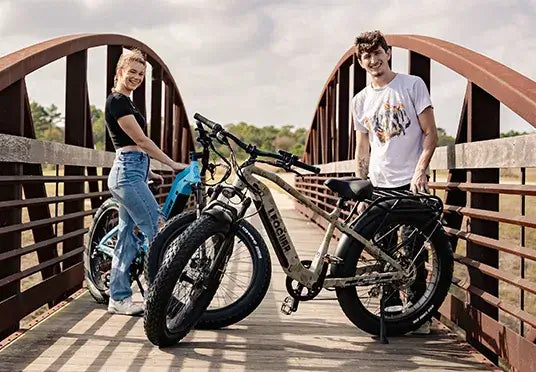
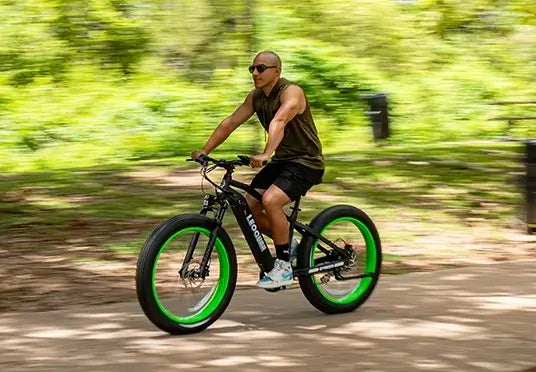
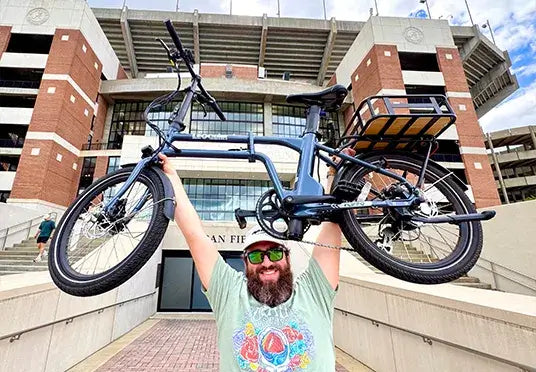
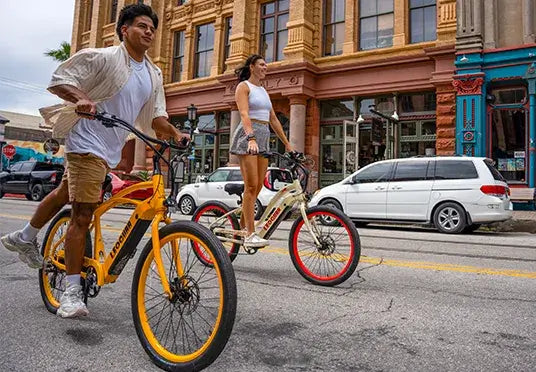
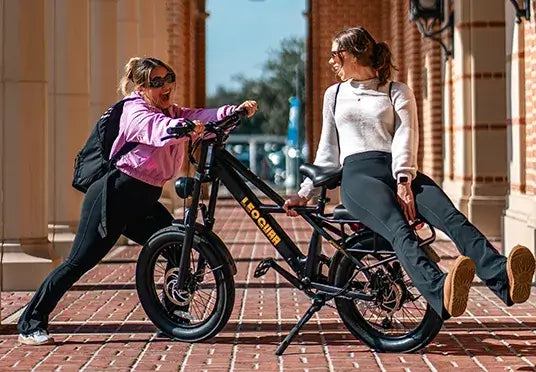
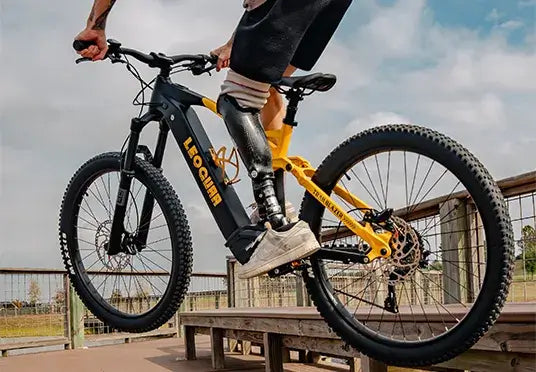

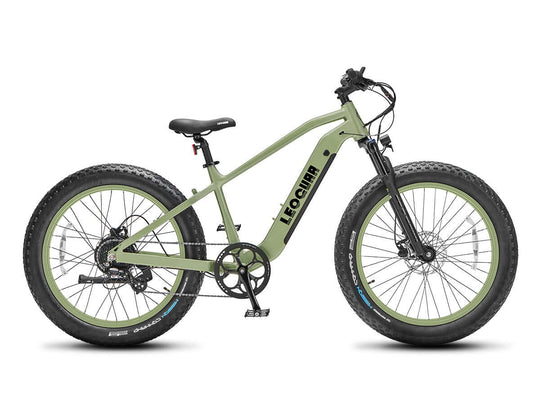
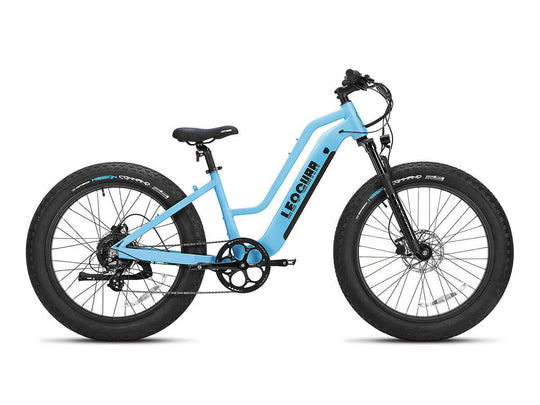
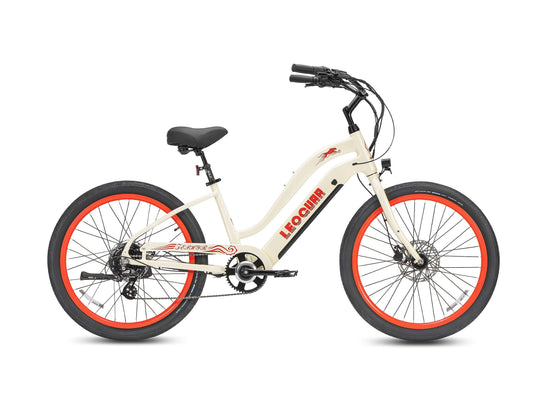
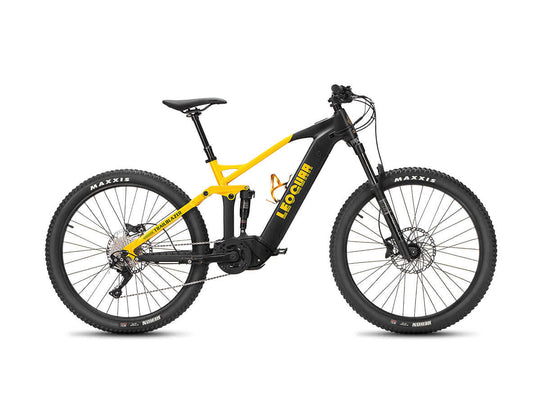
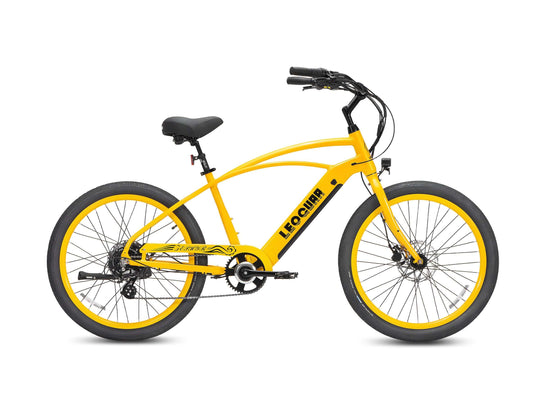
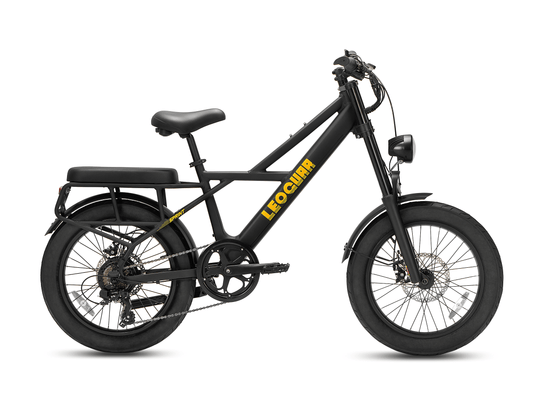

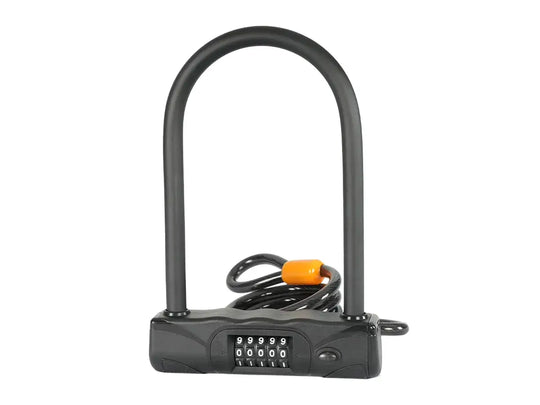
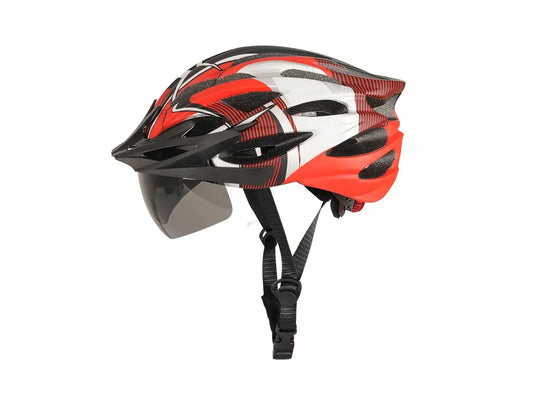
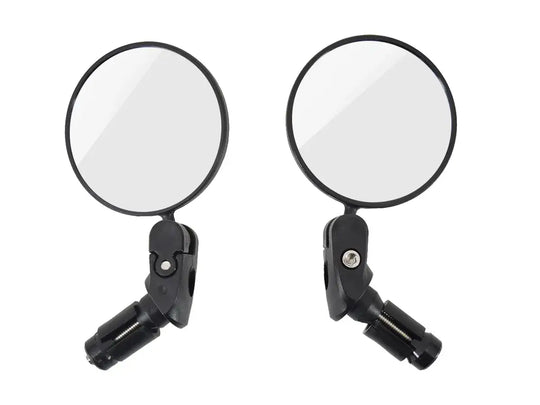

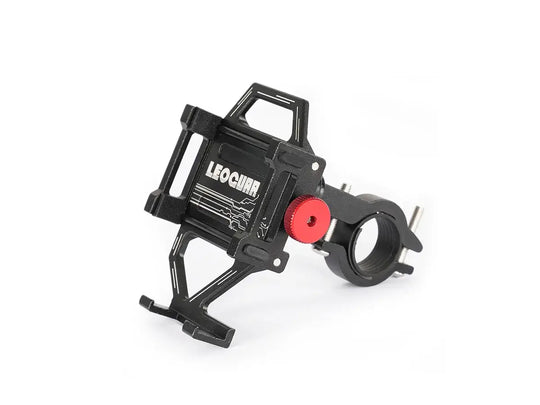
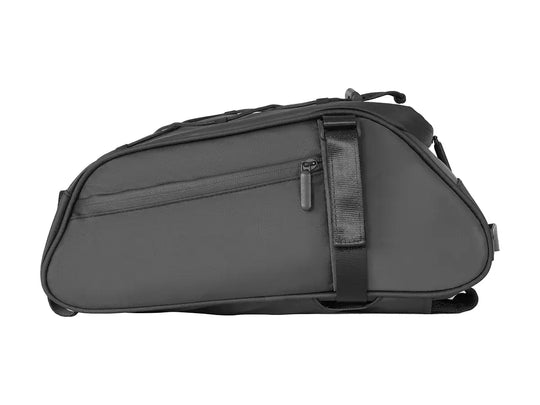
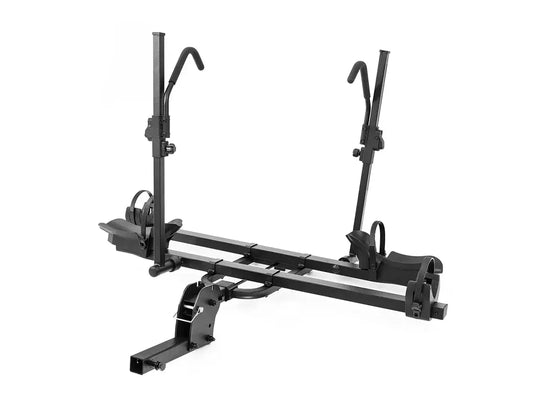
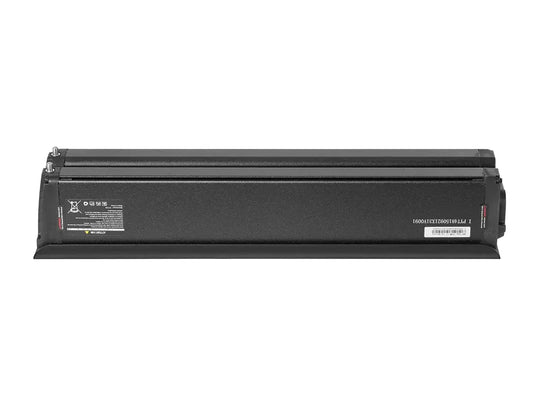
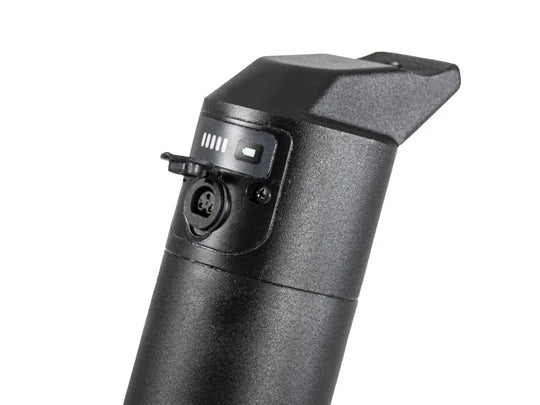
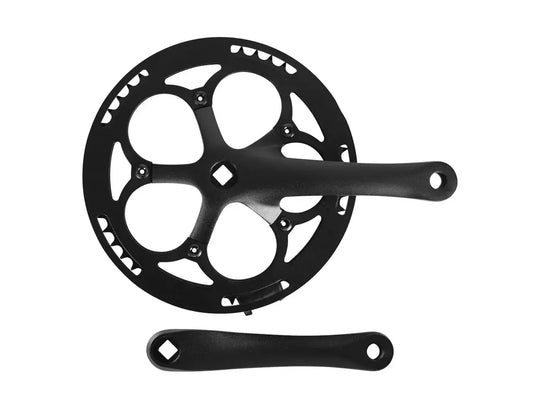
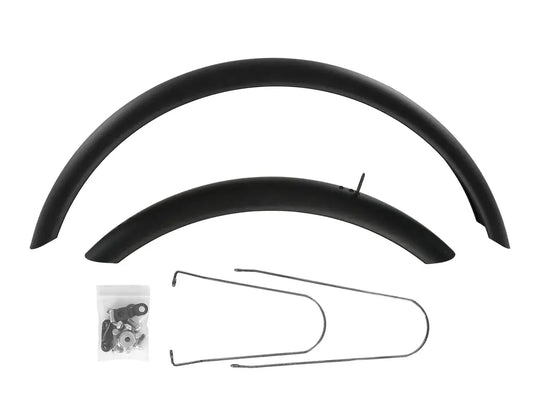
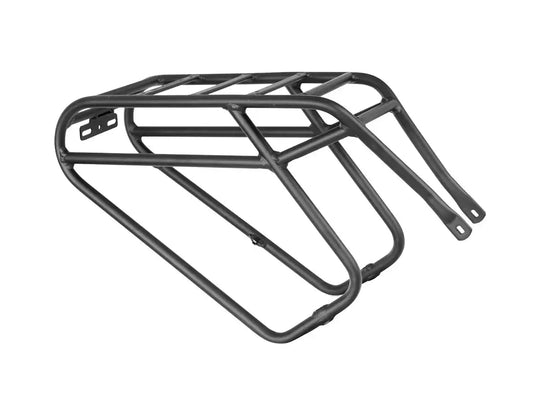
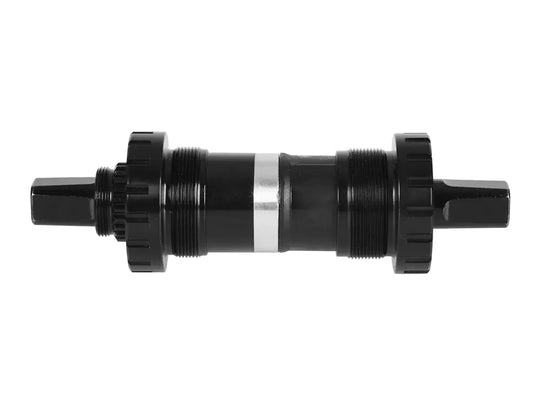
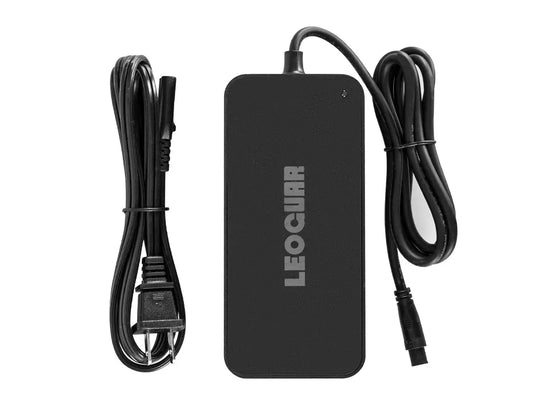
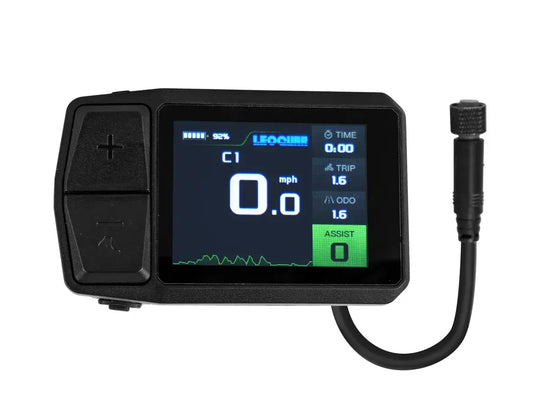
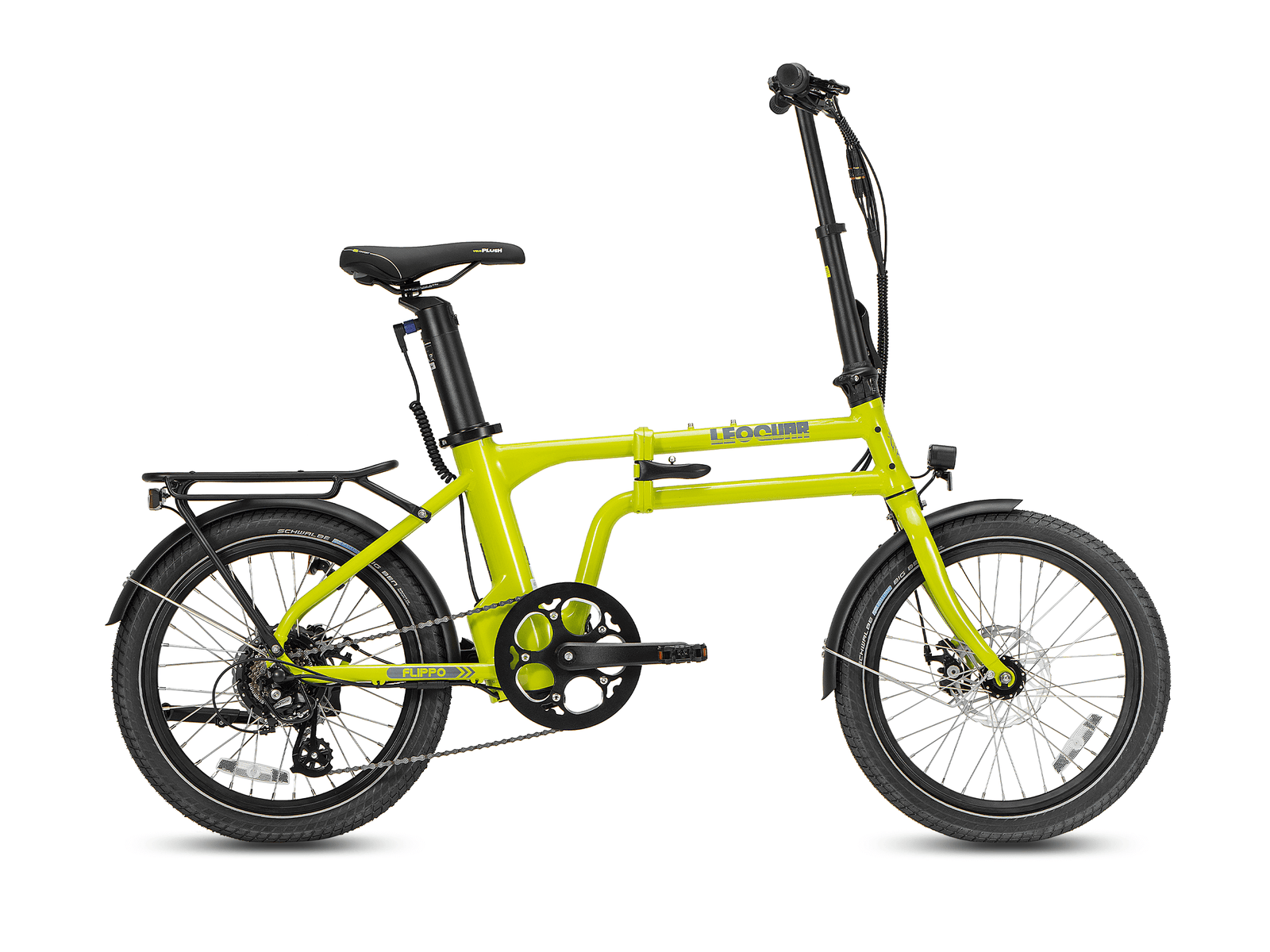








Leave a comment